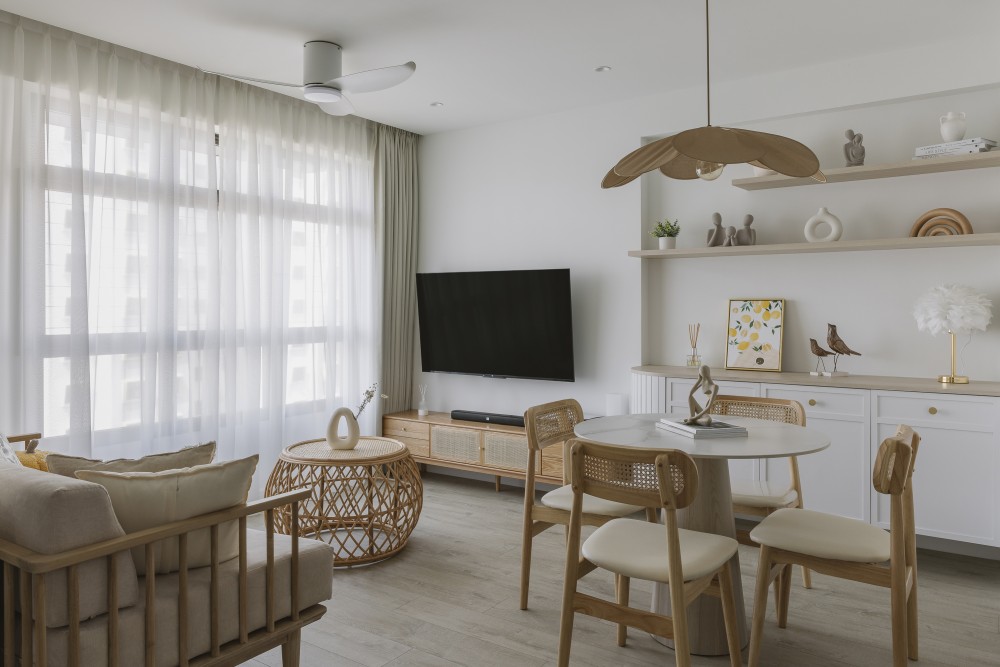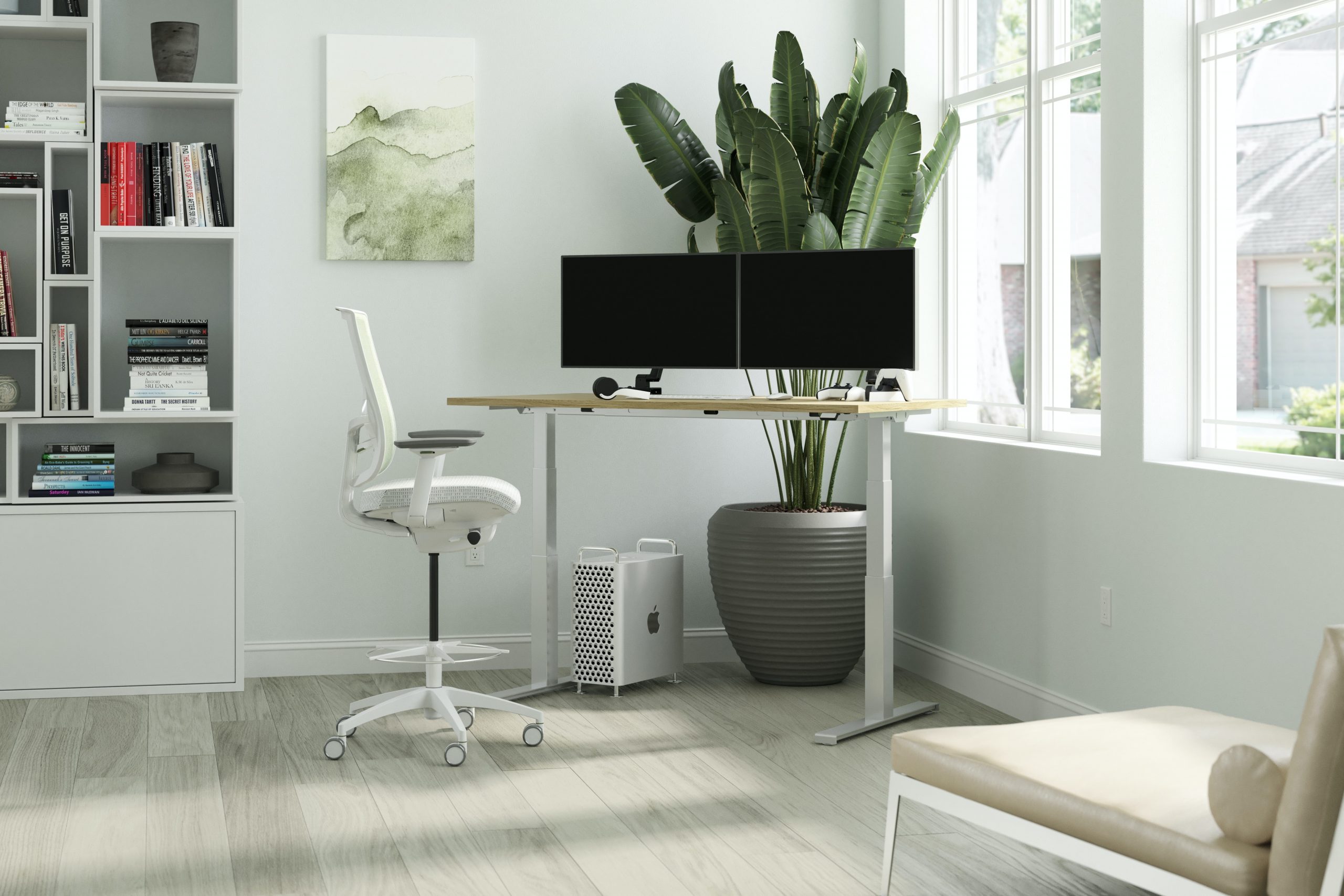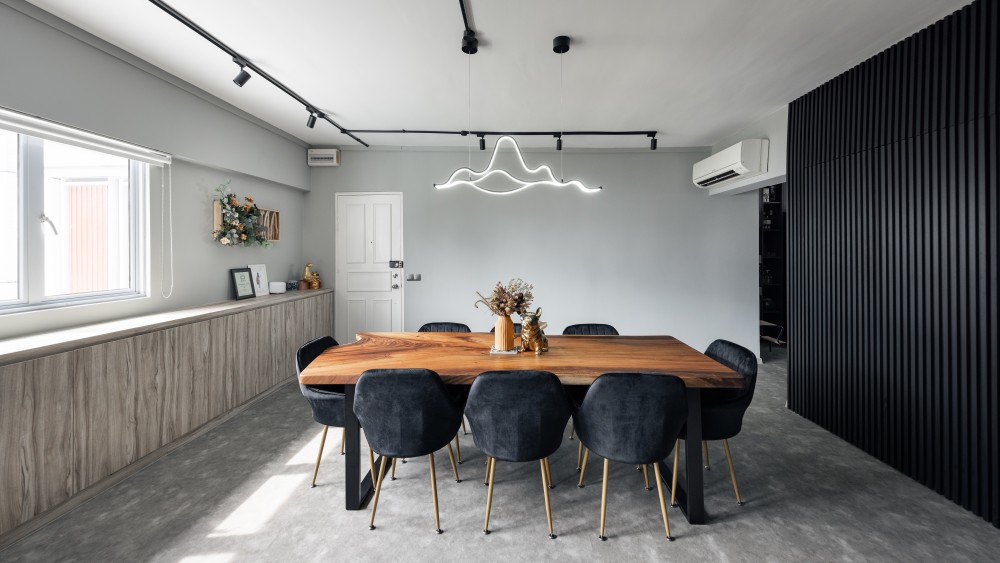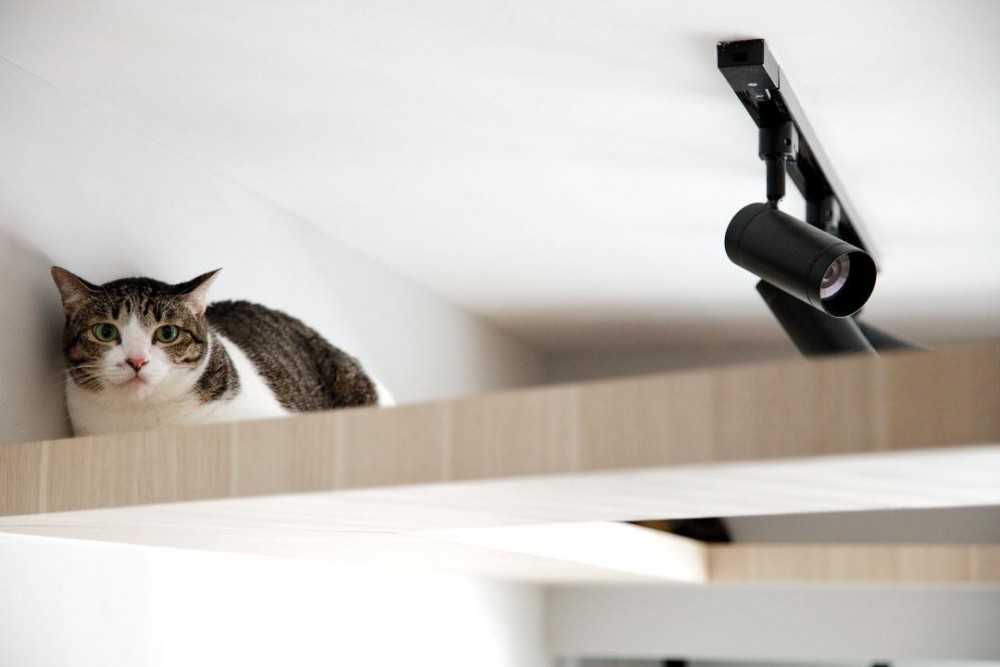Maximizing The Value Of Your Rental Property: Renovation Strategies For Higher ROI
In Singapore’s competitive rental market, maximizing the return on investment (ROI) of your rental property is crucial.
Whether you’ve purchased a resale property that requires significant upgrades or a new launch that needs just a few finishing touches, the right renovation strategies can help attract tenants and increase rental income.
This guide explores tailored renovation strategies for both resale and new launch properties to help you get the most value from your investment.
Understanding the Singapore Rental Market
Before diving into renovation strategies, it’s essential to understand the current rental market in Singapore.
Tenants today are looking for homes that offer convenience, modern amenities, and good value. Factors such as location, proximity to public transport, and property features play a significant role in determining rental rates.
However, a well-renovated property that meets tenant expectations can command higher rents and reduce vacancy periods.
Different Scenarios: Resale Property vs. New Launch
There are two main scenarios to consider when renovating your rental property: resale properties and new launches. Each requires a different approach to maximize ROI.
Resale properties, as compared to new launches, often require more extensive renovations to bring the space up to modern standards and enhance overall functionality.
Older resale properties might have outdated fixtures or finishes that no longer align with current market preferences. For instance, a typical resale unit could have aging plumbing and flooring that shows significant wear and tear.
As for new launches, these typically require minimal renovations since most developers already provide key appliances and basic fittings. Here, the focus is more on minor upgrades and strategic furnishing decisions.
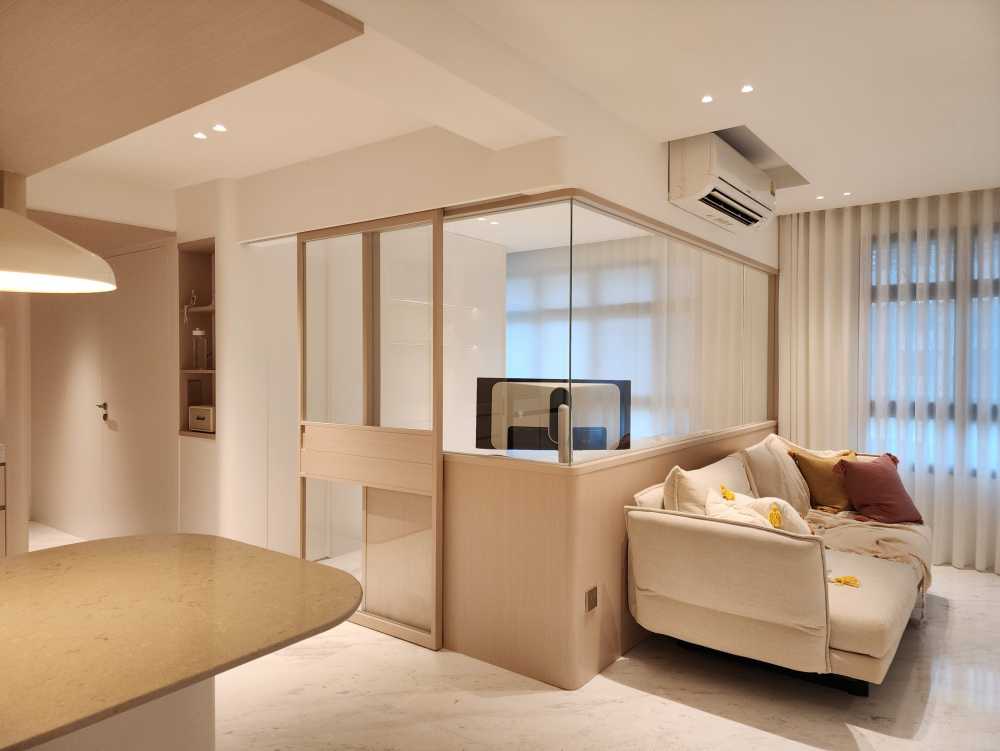


214A Bidadari Park Drive ($100,000) by Fineline Design Pte Ltd
Renovation Strategies for Resale Properties
For resale properties, start by addressing any structural or functional problems. This could include fixing leaks, electrical issues, and worn-out fixtures that might deter potential tenants.
On top of that, freshen up the interiors with a new coat of paint, and update any old and worn fittings to create a clean and modern look.
When it comes to rental properties, many landlords hesitate to invest in renovations. There’s often a mindset that, with different tenants coming and going over the years, the property might not be cared for as meticulously as if they lived there themselves. So, why spend money making it look nice and new?
While this concern is understandable, it’s important to strike a balance and avoid cutting too many corners. Refusing to replace worn-out items or make necessary upgrades can deter potential tenants during viewings.
Remember: first impressions matter! Prospective tenants are more likely to choose a property that feels fresh, well-maintained, and comfortable. Investing in essential updates (like a fresh coat of paint, modern light fixtures, or replacing aging appliances) can significantly enhance the appeal of your property.
These small changes will help attract quality tenants who are willing to pay a premium for a nicer space, ultimately increasing your return on investment.
Renovation Strategies for New Launches
If you’ve purchased a new launch property, extensive renovations aren’t typically required. Instead, focus on smaller changes that can enhance the appeal without significant costs.
New launches usually come equipped with essential white goods (like refrigerators and ovens) and basic fittings. To enhance the space, you’ll want to add practical touches such as curtains, blinds, and simple light fixtures to create a more comfortable living environment.



214A Bidadari Park Drive ($100,000) by Fineline Design Pte Ltd
Do you want to rent your property furnished or unfurnished?
One key decision when dealing with new launch properties is whether to rent them out furnished or unfurnished.
Firstly, renting out a furnished property can attract a higher rental rate and appeal to expatriates or short-term tenants who value convenience. Furnishing the unit with clean, neutral pieces can create an inviting, ready-to-move-in option that stands out in a competitive market. This approach caters to tenants who prefer not to deal with the hassle of buying and moving furniture—such as expatriates, corporate clients, or those seeking short-term leases.
However, if you decide to rent your property furnished, it’s important to keep the decor simple and versatile. Aim for a neutral style that appeals to the broadest audience possible; avoid bold statement pieces or distinctive design choices that might not suit everyone’s taste. Opt for furnishings with clean lines, muted colors, and a minimalist design to help potential tenants visualize themselves in the space.
Additionally, be prepared for some tenants to ask for the removal of certain furniture items to make room for their own. This request is common among long-term tenants who might want to bring personal or functional pieces into their new home, or tenants who want to adapt the space to better suit their needs.
For example, you might have a second bedroom in your apartment that comes with a bed and bedside table. If your tenant wants to use this space as a study, they might ask you to remove the bed, so that they have room to add a desk.
As a landlord, it’s important to be prepared for such requests. Ideally, you should be flexible and accommodating, but this means you’ll need to either have space at another property to temporarily store the furniture or incur the cost of renting a storage unit. Both options will impact your renovation budget and operational expenses.
Next, let’s talk about renting out an unfurnished unit. An unfurnished unit can be particularly appealing to long-term tenants who have their own furniture and personal style. For these tenants, moving into a space without pre-existing furnishings offers greater flexibility to personalize their home according to their preferences. This option can be advantageous for landlords as well, as it significantly reduces initial expenses since you won’t need to invest in furniture.
Additionally, opting for an unfurnished rental means you’ll have less to manage in terms of wear and tear. If a tenant’s own furniture gets damaged or breaks down, it’s their responsibility, not yours. This can save you from the hassle of maintenance and replacement costs associated with furniture you’ve provided. With less fuss over furniture upkeep, you can focus on other aspects of property management, ensuring that your investment remains straightforward and efficient.
Looking at the needs of your potential tenants
When deciding whether to furnish your rental property, it’s essential to consider not only your own preferences but also the profile of your potential tenants. The type of tenant your property attracts can significantly influence their preference for a furnished or unfurnished space.
For example, if your rental property is a one-bedroom unit in a prime CBD location, it’s likely to attract single expatriates or young professionals. These tenants often seek convenience and might prefer a furnished apartment to minimize the hassle of moving and setting up a home from scratch. A fully furnished unit in a desirable area can appeal to their need for a ready-to-move-in solution, allowing them to settle in quickly without the need to purchase or transport furniture.
On the other hand, if your property is a larger family home situated near international schools, you are more likely to attract families or long-term tenants with children. These tenants might prefer an unfurnished home to accommodate their existing furniture and personal belongings. For families, having the flexibility to arrange their own furniture and make the space truly their own can be a significant advantage. Additionally, an unfurnished property may align with their long-term plans, reducing their need to purchase and dispose of furniture frequently.
Looking at the rental yield of furnished vs unfurnished
When considering whether to furnish your rental property, you may also evaluate the potential rental yield before making your decision.
First, ask your agent to share estimates on how much more rental income you could potentially earn per month by offering your property furnished. Would potential tenants pay $300/month more for a furnished unit? Would they pay $500/month more?
Next, calculate the costs involved in furnishing the property. This includes purchasing furniture, appliances, and other necessary items. Be sure to factor in the quality and durability of the furnishings, as investing in higher-quality items might yield a better return in the long run, despite the higher initial cost.
Once you have these figures, perform a simple projection to determine your breakeven point. Compare the estimated increase in rental income with the costs of provisioning the furniture. For instance, if furnishing the property would increase your monthly rent by $500 but costs $3,000 to furnish, this means it will take 6 months to recover the $3,000 you spent on furnishing the property.
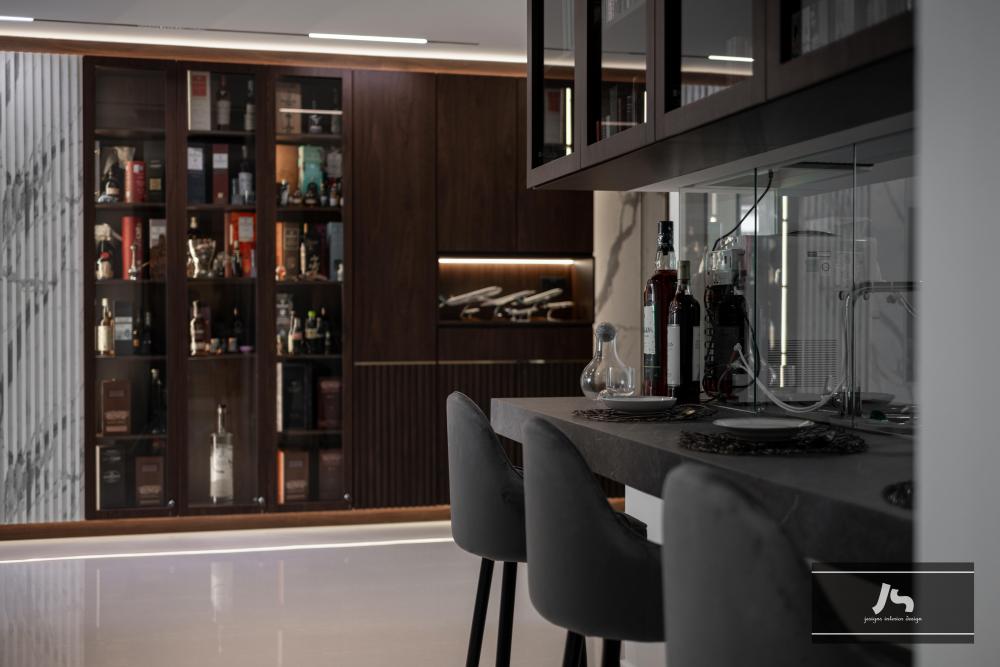

33 Tampines Lane ($50,000) by Jesigns Interior Design
Bonus: Renovating your resale property to create a dual-key unit
If you haven’t heard of dual-key units before, this is a type of property that features two separate living spaces within one single unit, each with its own entrance.
This design allows landlords to lease out both sections independently, maximizing rental income by accommodating multiple tenants or extended families. Each section typically includes its own kitchen, bathroom, and living area, providing tenants with privacy and self-sufficiency while sharing common walls.
Dual-key units are a highly sought-after feature in the rental market, primarily because they allow landlords to earn more rental income by leasing out separate living spaces within a single property. However, genuine dual-key units are relatively rare and only available in certain developments across Singapore.
If you own a larger resale property and are interested in maximizing your rental income, consider renovating your unit to create a “pseudo” dual-key setup. This approach involves modifying your existing layout to simulate the functionality of a dual-key unit, thereby appealing to tenants who value privacy and flexibility.
Renting out your pseudo dual-key unit to maximize rental income
If you’re curious about why converting a larger unit into two smaller units can boost rental income, it comes down to rental pricing per square foot (PSF).
Typically, larger units have a lower rental PSF because the total rental value is spread over a greater area. In contrast, smaller units often command a higher rental PSF, as the rental price for each square foot tends to be greater. Thus, by splitting a larger unit into smaller, more manageable spaces, you can leverage the higher rental PSF of the smaller units to enhance your overall rental income.
For example, let’s say you want to rent out your 3-bedroom condo unit in Kovan, at the market rate of ~$5,500 per month. If you convert this unit into a 2-bedroom and a 1-bedroom unit, you could potentially earn $4,500 from the 2-bedroom and $3,000 from the 1-bedroom, totaling $7,500 per month. This approach could increase your rental income by $2,000 compared to renting out the entire 3-bedroom unit as a single space.
How to create a pseudo dual-key unit
First, to provide distinct access points for each living area, consider adding separate entrances within the property. This can be accomplished by installing additional doors and partitions in the entrance area. For example, you can build two separate doors at the entryway, each leading to a different section of the unit. This setup enhances privacy and ensures that each tenant has their own dedicated access, making the space feel more like two independent units.
On top of this, you will also need to build a partition wall to divide the space into two separate sections. This doesn’t have to be a solid, permanent wall; a well-constructed partition made from lightweight materials like drywall can provide effective separation while keeping costs down.
If you are planning on renting out a furnished apartment, equip each section with essential amenities such as a small kitchenette and bathroom. While these may not be full-fledged apartments, providing basic facilities will make the space more appealing to potential renters who desire self-contained living arrangements.
PS: If you’re creating a pseudo dual-key unit, always be upfront with your potential renters and let them know about the setup before they come down to view the space! Transparency is key to managing expectations and avoiding any misunderstandings. Clearly communicate that while the unit is not an official dual-key property, it has been designed with separate living areas and enhanced privacy features. This honesty will help attract tenants who are comfortable with the arrangement and appreciate the efforts made to create distinct living spaces.
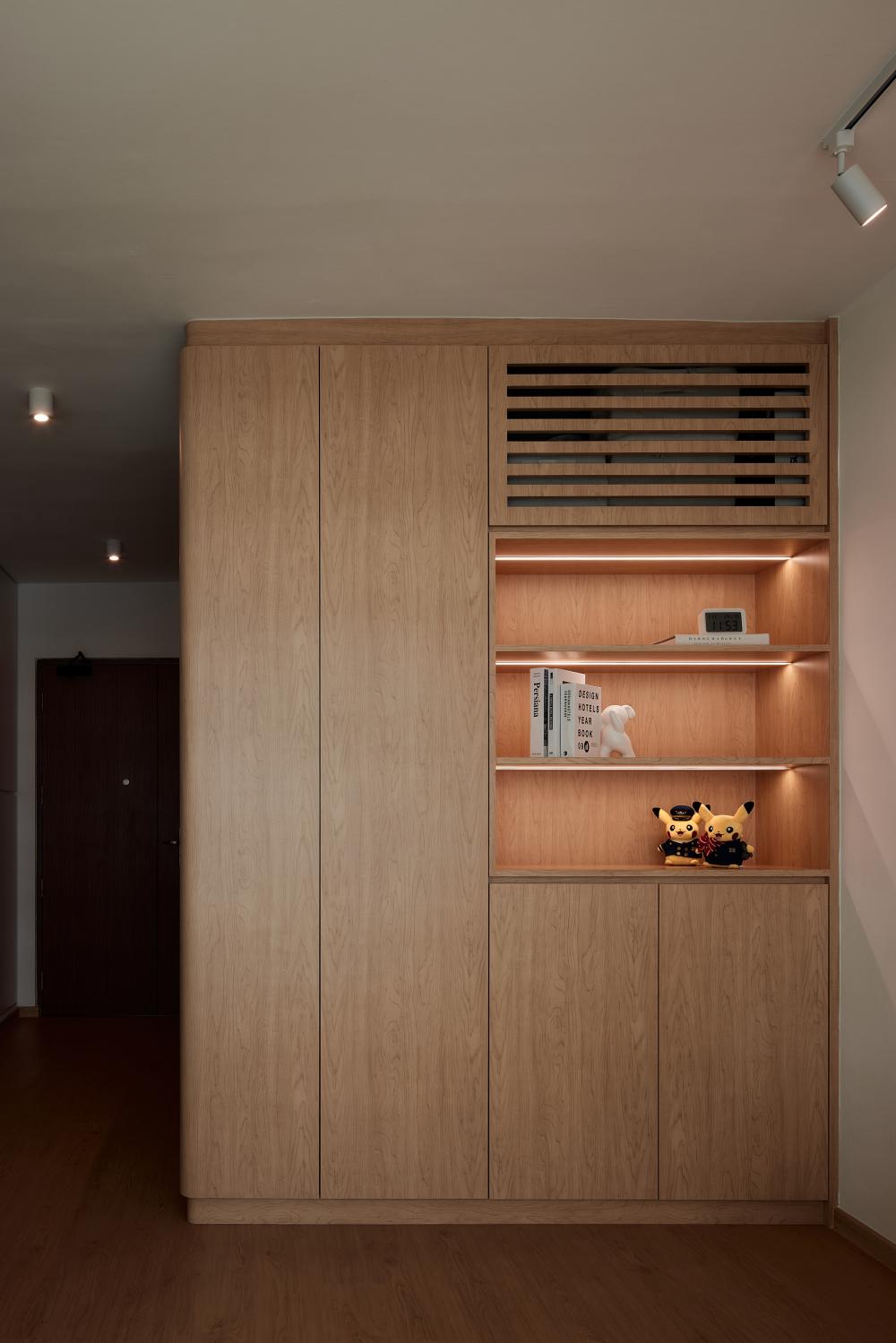

358C Ubi Road 3 ($78,000) by Starry Homestead Pte Ltd
A final word on renovating your rental property
Maximizing the value of your rental property in Singapore requires understanding the unique demands of the local market and tailoring your renovation strategies accordingly.
For resale properties, focus on replacing worn fixtures and modernizing key areas to attract tenants. For new launches, prioritize minor additions and strategic furnishing decisions to enhance the property’s appeal.
By making thoughtful renovation choices, you can increase your rental income, reduce vacancy periods, and achieve a higher return on your investment.
Want to check out home renovation projects for more inspiration? Browse interior design ideas on Hometrust, or click the button below to get connected with expert designers!
Renovating soon? Let Hometrust recommend the best interior designers.
If you are reading this, you are probably wondering how you can create your dream home.
Here’s the thing, everyone’s needs and requirements for their home renovation is different. A designer that may work for someone else, may not quite work for you.
At Hometrust, we’re here to help match top rated designers, recommended by past homeowners to you through our data-driven and matching algorithm.
Whether you are looking for partial renovation or a full fledge overhaul, we’ll be able to recommend you top designers to match your renovation requirements and lifestyle.
Recommendations and free and you can simply start by helping us understand your needs below!
Get RecommendationsRenovate safe!
The Hometrust Team

